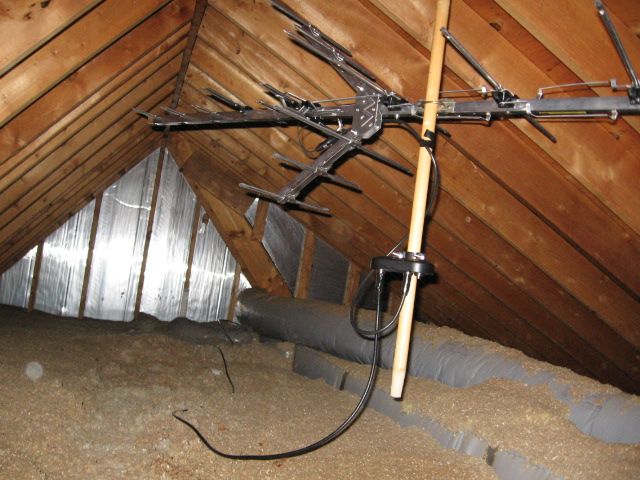Originally Posted By: Papa Bear
Originally Posted By: supton
Originally Posted By: Papa Bear
The signal current is in milliamps (microamps) and I still believe the signal loss is not due to centre conductor gauge but rather the stray capacitance inherent in coax cable.
http://www.allaboutcircuits.com/textbook/alternating-current/chpt-14/characteristic-impedance/
You mean stray capacitance from an improperly connected connector, or an unterminated stub? Should be no stray capacitance in coax--otherwise it's not a coaxial structure.
Capacitance and inductance are lossless components. At least ideal ones. In reality, inductors have losses (usually resistive) and capacitor losses are either resistive or dielectric. But at most TV frequencies the dielectric losses are very low. In this case, the loss of the distributed capacitance is... from the copper wires making the plates of the capacitor.
If you look up various kinds of coax, for a given impedance, you'll find that they all have roughly the same amount of pF per foot, going from thin to thick--the reduction in loss is not from reducing capacitance per foot but by increasing the surface area of the conductors.
Surface area is important if there is current flowing.
There is almost immeasurable (small) current in an antenna cable.
I'm sticking with the capacitance rule. The best cable has less capacitance. A capacitor to ground won't affect DC but it will place a load on an AC signal - dependant upon Pf/ft & frequency
I have not heard where conductor gauge is very important in signal loss (within reason)
https://www.google.ca/?gws_rd=ssl#q=why+do+you+lose+signal+strength+in+long+coax+runs
"Capacitance and inductance are lossless components."
No they aren't .. they are loads to AC. How do you think a speaker crossover works ??
Sorry, forgot all about this thread.
An antenna receives power, which is transferred down the coax (or twinlead) as voltage¤t. IR losses is gives coax most of its loss, at least until you get into very high frequencies. It matters not about the magnitude of the current--loss is loss.
As I rethink this, you may have a point, higher capacitance per foot means lower impedance transmission line. Some of the lowest loss stuff is open air line with impedance above 600 ohm.

